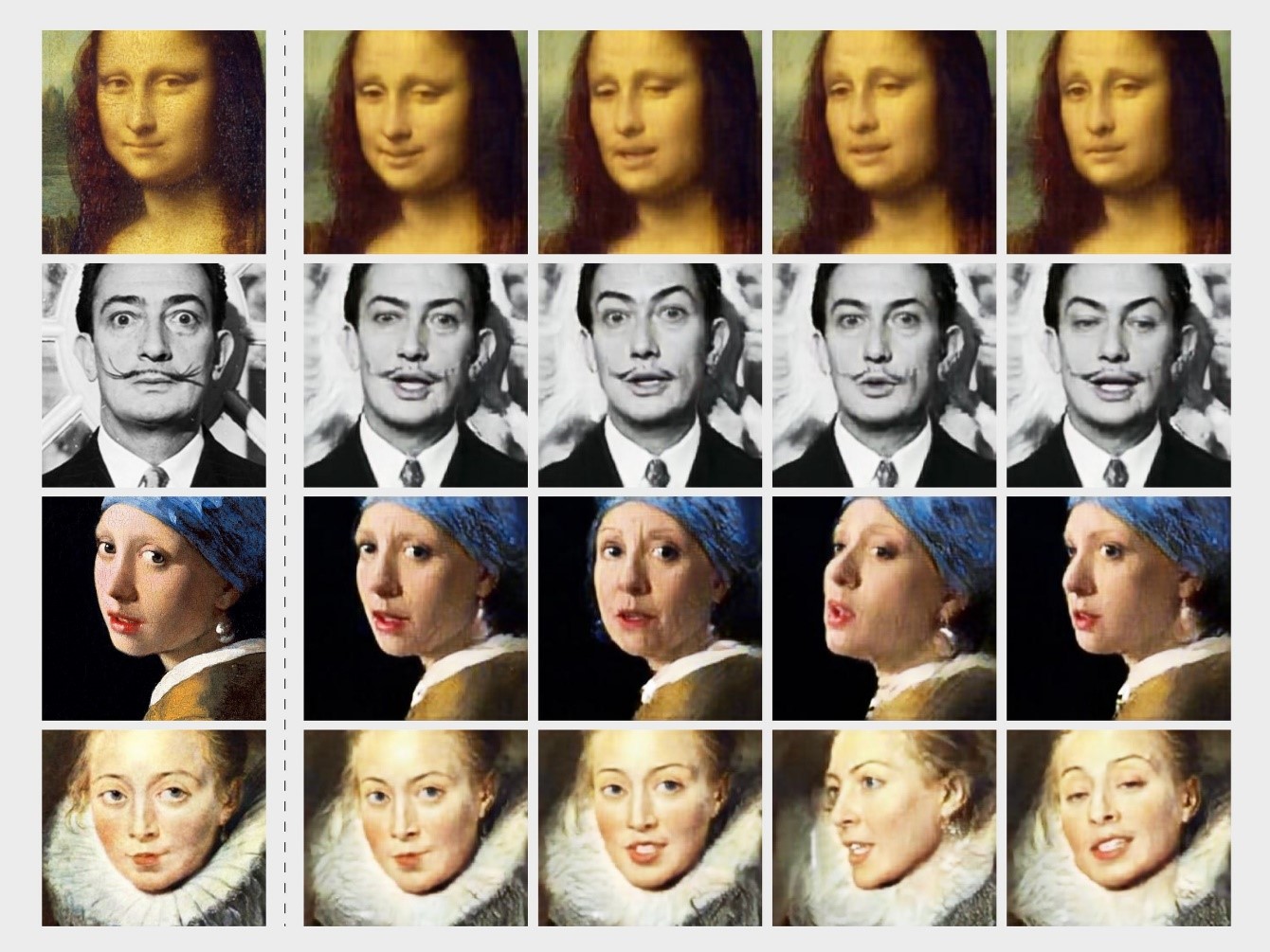
Is that you? Deep dive into deepfakes part 1: What is a deepfake?

While they may seem harmless and just a bit of fun, the AI technology behind deepfakes also lends itself to more nefarious applications, which has the potential to expose both businesses and individuals.
Having retired from acting in March last year, Bruce Willis' appearance in a recent advertisement for Russian telecommunications operator Megafon quickly gained interest from worldwide media. Even more surprising were the headlines which seemed to indicate Willis had in fact sold the rights to his face to a deepfake company called Deepcake, which had utilised artificial intelligence (AI) and machine learning to transform a Russian actor into an uncanny "digital twin" of the Hollywood heavyweight.
With deepfakes gaining increased attention, both individuals and businesses are turning to the cutting-edge technology to both explore the possibilities and understand its limitations. Mainstream access to the complex algorithms and software which facilitates the creation of believable lookalikes is growing, as is the ability to generate hyper-realistic and almost undetectable synthetic media.
We'll be taking a deep dive into the world of deepfakes, covering some of the key issues which deepfakes raise, both from a branding and intellectual property point of view as well as exploring some of the broader legal implications of this exciting new technology. In our three-part series we will cover off:
- what deepfakes are and how they can be used;
- the legal implications which attach to deepfakes and what the current state of the legal landscape looks like, both here and overseas; and
- some recent examples of deep trouble with deepfakes (including Bruce Willis' Russian digital twin) and some practical tips for recognising, deploying or protecting against deepfakes.
To kick off, we will begin with some background on deepfakes.
Deepcake deepfake
For those not already familiar with the technology, a deepfake (a portmanteau for a deep learning fake) is a form of digital media, be it a photo, video or sound file, that has been manipulated to generate a hyper realistic but false depiction of a person or thing doing or saying something they have not done or said. Despite being around since about 2017, deepfakes have only recently grown in popularity as technological advances have made it possible to generate higher quality and more convincing dupes of ordinary people or objects, as well as making the technology more accessible.
Deepfakes are produced using AI software which draws on a large information base of photos or recordings of the person to generate the deepfake content, with no need for the information base content to be related to the target clip. This means that home videos or interview snippets could be used to generate a deepfake of an entire Hollywood movie scene. To generate the "digital twin" of Bruce Willis which appears in the deepfake advertisement referred to above, Deepcake used 34,000 images of the actor, taken largely from his appearances in Die Hard and The Fifth Element, giving the copycat Willis a much younger appearance, similar to his 1980s and 1990s self.
Uses (and misuses) of deepfakes
The generation of a deepfake requires two types of machine learning or AI technology to generate:
- An autoencoder reviews the information base images or videos to understand how a person or object looks from various angles, in various light settings and in various moods; and
- Generative Adversarial Networks (GANs) then detect and improve flaws in the deepfake with multiple rounds, making the deepfake more and more believable.
To date, deepfakes have already been used in a number of humorous ways, including giving famous paintings new facial expressions (as seen in the image below), as well as allowing members of the general public to superimpose their own face onto an iconic spiderman scene. Another popular use for the technology has been to recast movie scenes with a fan favourite actor or actress who ultimately didn't take the role. While most of the mainstream uses for the technology have involved users swapping their own face for that of a celebrity or creating a video of a celebrity saying or doing something they have not done or said, the technology is also being explored for other exciting applications, including for detecting tumours.

Examples of deepfakes used to change the expressions or poses of famous artworks
Unfortunately, the nature of this technology also lends itself to more nefarious applications, with deepfakes also blamed for the production of false political statements, conspiracies about the failing or recovering health of key public figures and extortionate material intended to greatly damage the reputation of celebrities and world leaders. The Australian eSafety Commissioner has also warned that deepfakes could be used to generate fake news and consumer confusion as well as potentially to intimidate individuals or companies, with the potential to cause financial loss, reputational damage and compromised consumer loyalty or reduced confidence in brands or companies (including from shareholders).
Doing a double take
As with many of the other major technological advances we have seen in recent years, deepfakes offer exciting new opportunities for both business and individuals to generate content that can be deployed in a myriad of ways. However, care must be taken to assess the authenticity of media that seems to run counter to a brand's identity or brand practices, or which seems incongruent with an individual's established position with respect to a particular topic or issue. Sense checking what you see and hear is more important now than ever, given the dearth of legal regulation applicable to the creation and use of deepfakes. Please contact Clayton Utz if you would like any assistance or advice relating to deepfake technology and its applications or have any concerns about others misusing images of you or your company, including its products without your permission.
Next edition: Legal issues and regulatory landscape for deepfakes
Get in touch
